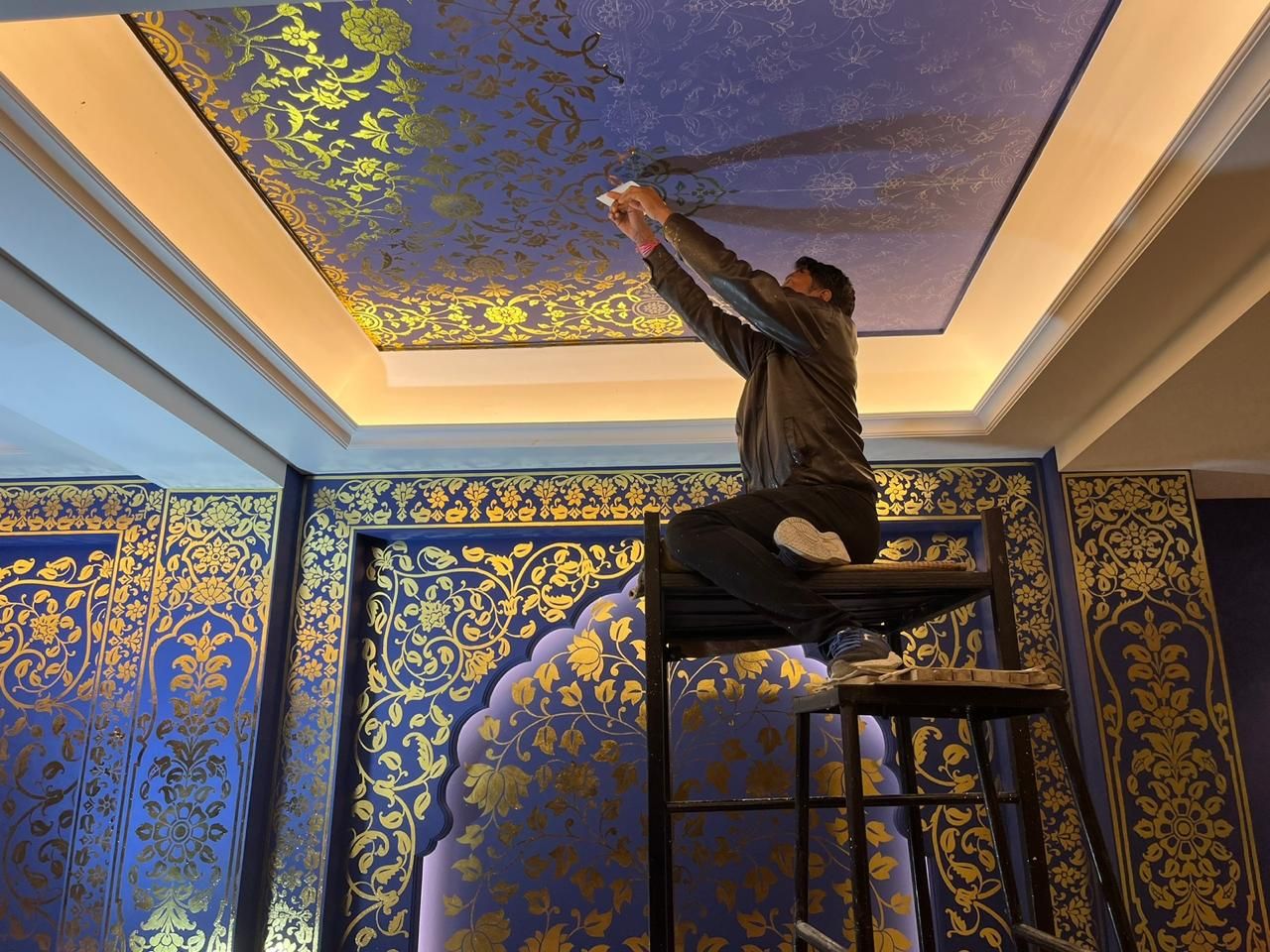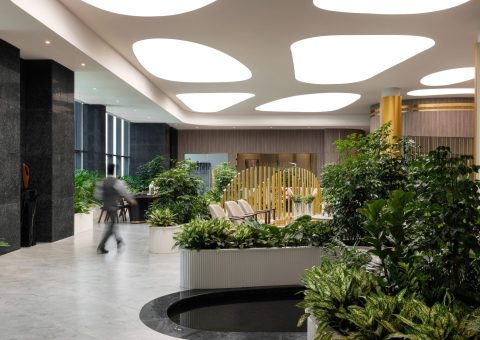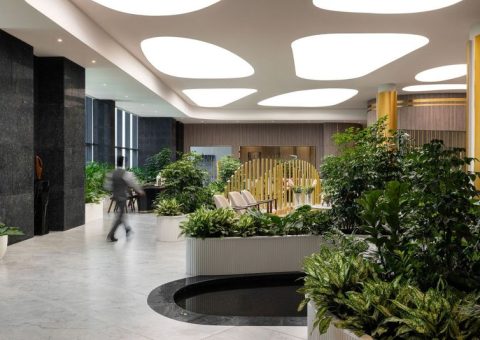Cultural Narratives in Architecture: Tradition Meets Modernity
Architecture has always reflected the values, rituals, and collective memory of a society. In India, the built environment reflects centuries of cultural evolution, with each structure shaped by local customs, climate, and materiality. Today, as cities expand and lifestyles shift, there is a renewed focus on integrating cultural narratives into modern architectural practice. This approach allows designers to respond to contemporary needs while preserving a sense of identity and place.

Reinterpreting Tradition Through Design
Traditional Indian architecture is rich in spatial wisdom. Elements such as courtyards, jaali screens, shaded verandas, and plinths were functional and also symbolic in nature. These features supported social interaction, climate control, and ritual practices. In contemporary design, such components are often reinterpreted. A courtyard becomes a shared atrium in a housing block. A jaali is adapted as a screen for natural light and privacy in institutional buildings. These translations allow cultural ideas to continue in new formats that respond to urban scale and current technologies.
Material Memory and Regional Context
Locally sourced materials like brick, stone, lime plaster, and wood have long defined Indian construction. Their thermal performance and durability are complemented by a deep connection to place. In modern architecture, their continued use supports sustainability goals while strengthening regional character.
We often collaborate with local artisans, such as the Shekhawati craftsmen, whose intricate mural work embodies a living tradition of storytelling through surface. These partnerships not only enrich the visual and tactile experience of space but also ensure that heritage techniques remain embedded in the evolving language of design. Their use is not about nostalgia; instead, it is about drawing from the intelligence of vernacular practice to inform responsible design today.
We often collaborate with local artisans, such as the Shekhawati craftsmen, whose intricate mural work embodies a living tradition of storytelling through surface. These partnerships not only enrich the visual and tactile experience of space but also ensure that heritage techniques remain embedded in the evolving language of design. Their use is not about nostalgia; instead, it is about drawing from the intelligence of vernacular practice to inform responsible design today.
Tradition as a Framework for Innovation
Across India, many architects are now using cultural frameworks to shape spatial planning, movement patterns, and community interaction. This is not limited to residential projects. Public buildings, educational campuses, and even commercial spaces are drawing on traditional planning principles to guide layout and form. They help define proportions, transitions, and the relationship between built and unbuilt space.
At Confluence, we believe that meaningful architecture is shaped by the stories it carries forward. We approach each project with an awareness of context—social, cultural, and environmental. By drawing from local traditions and reimagining them for contemporary life, we create spaces that feel connected, enduring, and human. When tradition meets modernity with purpose, architecture becomes more than shelter; it becomes the narrative.
At Confluence, we believe that meaningful architecture is shaped by the stories it carries forward. We approach each project with an awareness of context—social, cultural, and environmental. By drawing from local traditions and reimagining them for contemporary life, we create spaces that feel connected, enduring, and human. When tradition meets modernity with purpose, architecture becomes more than shelter; it becomes the narrative.



